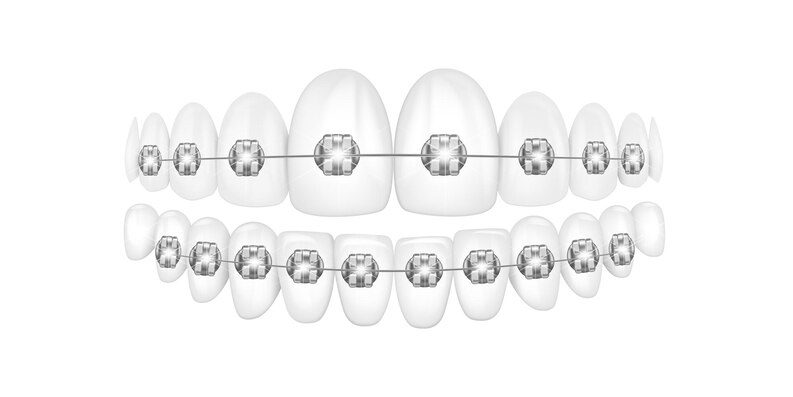
Dental braces have been a cornerstone of orthodontic treatment for decades, offering an effective solution for aligning teeth and correcting bite issues. While traditionally associated with children and teenagers, braces are now widely used by people of all ages seeking to improve their dental health and aesthetics.
What are Dental Braces?
Dental braces are devices used to correct crowded, crooked, or misaligned teeth and jaws. They consist of brackets bonded to the teeth, connected by wires and elastic bands. Over time, these components apply continuous pressure, gradually moving teeth into the desired position. Modern braces come in various types, each catering to different needs and preferences.
Types of Dental Braces
- Traditional Metal Braces: These are the most common type and are made of high-grade stainless steel. Metal braces are highly effective and often the most affordable option. They have become more comfortable over the years, with smaller and less noticeable brackets.
- Ceramic Braces: Ceramic braces function similarly to metal braces but use clear or tooth-colored brackets, making them less noticeable. They are a popular choice for those concerned about aesthetics during treatment.
- Lingual Braces: These braces are placed on the inner surface of the teeth, making them virtually invisible from the outside. While they offer a discreet option, they can be more challenging to clean and adjust.
- Clear Aligners: Clear aligners, such as Invisalign, are removable trays made of transparent plastic. They offer a nearly invisible way to straighten teeth and can be removed for eating, brushing, and flossing. However, they may not be suitable for more complex orthodontic cases.
The Braces Process
- Initial Consultation: The journey begins with a comprehensive orthodontic examination, including X-rays, photographs, and dental impressions. This helps the orthodontist develop a customized treatment plan.
- Placement: Braces are carefully placed on the teeth, and wires are threaded through the brackets. The initial appointment may take an hour or more, but discomfort is usually minimal.
- Adjustments: Periodic visits (every 4-8 weeks) are necessary for adjustments. The orthodontist tightens the wires, changes elastics, and monitors progress. These adjustments ensure continuous and controlled movement of the teeth.
- Retention: After the desired alignment is achieved, braces are removed, and a retainer is provided. Retainers help maintain the new position of the teeth and are typically worn for a specific period, depending on the orthodontist’s recommendations.
Benefits of Dental Braces
- Improved Oral Health: Straighter teeth are easier to clean, reducing the risk of cavities, gum disease, and other oral health issues.
- Enhanced Appearance: Braces correct aesthetic concerns, leading to a more attractive smile and boosting self-confidence.
- Better Functionality: Correcting bite issues improves chewing efficiency, speech, and overall oral function.
- Long-term Results: With proper care and maintenance, the results of orthodontic treatment with braces can last a lifetime.
Challenges and Considerations
While dental braces offer numerous benefits, they also come with challenges:
- Discomfort: Initial placement and adjustments can cause soreness or discomfort, but this usually subsides within a few days.
- Oral Hygiene: Braces require diligent oral hygiene practices to prevent plaque buildup, tooth decay, and gum disease. Special tools like interdental brushes and water flossers can aid in cleaning around brackets and wires.
- Dietary Restrictions: Certain foods, such as hard, sticky, or chewy items, should be avoided to prevent damage to braces.
- Cost: Orthodontic treatment can be expensive, but many dental insurance plans offer coverage. Payment plans and financing options may also be available.
Advances in Orthodontics
Orthodontic technology continues to evolve, making braces more efficient and comfortable. Innovations such as 3D imaging, digital impressions, and self-ligating brackets have improved the precision and effectiveness of treatments. Additionally, accelerated orthodontic techniques aim to reduce treatment times, allowing patients to achieve their desired results faster.
Conclusion
Dental braces have come a long way from their early beginnings, offering a reliable and effective solution for achieving a straight and healthy smile. Whether you’re a child, teenager, or adult, braces can provide significant improvements in oral health, functionality, and aesthetics. With the guidance of an experienced orthodontist and a commitment to proper care, dental braces can transform your smile and enhance your quality of life.







